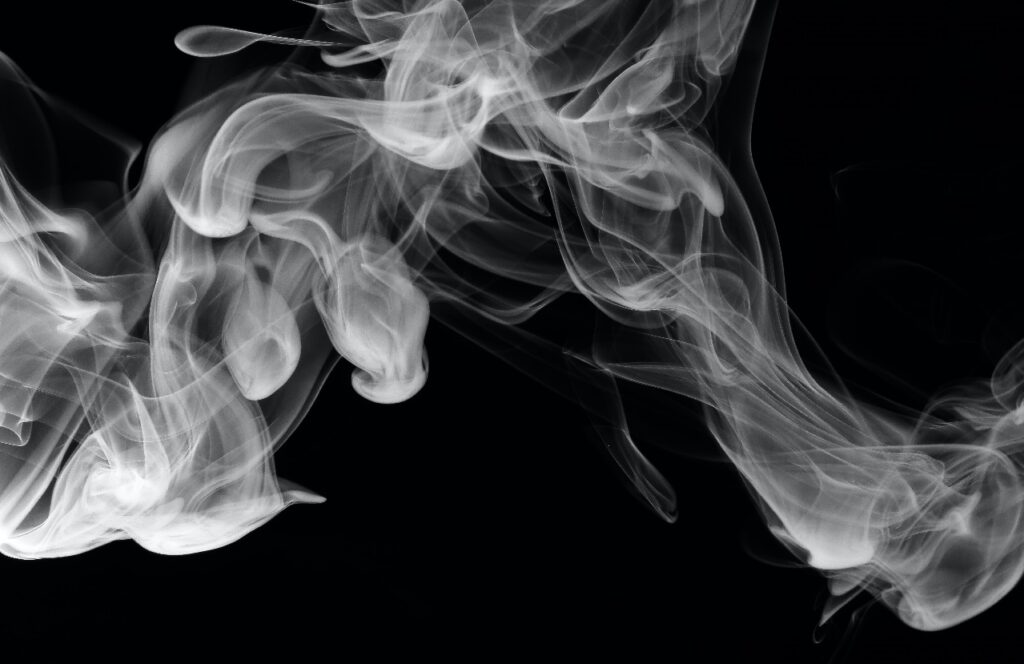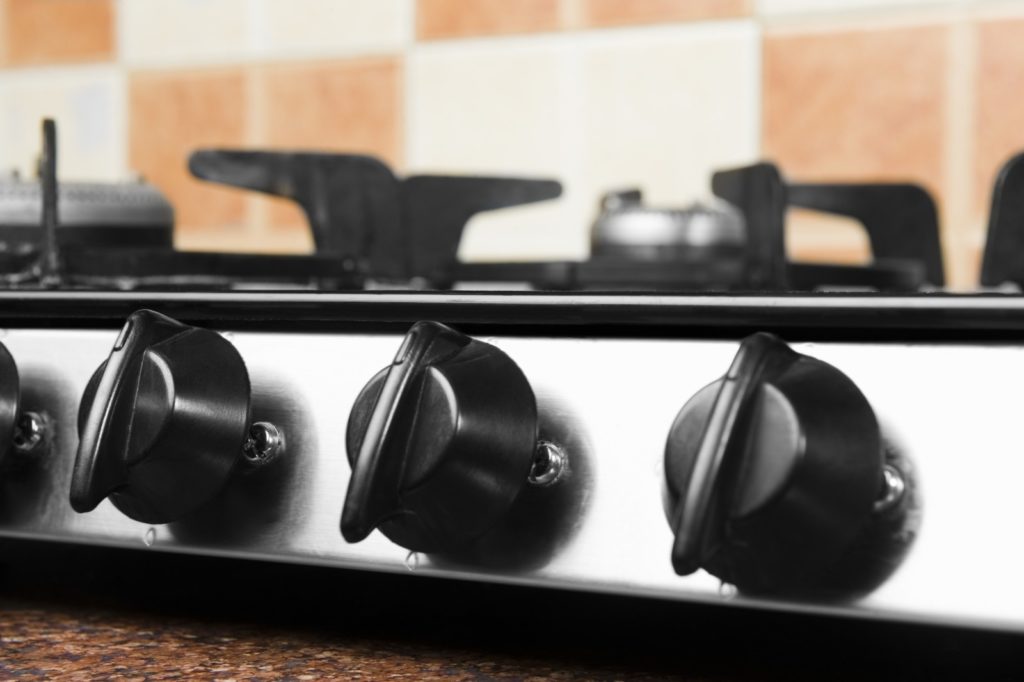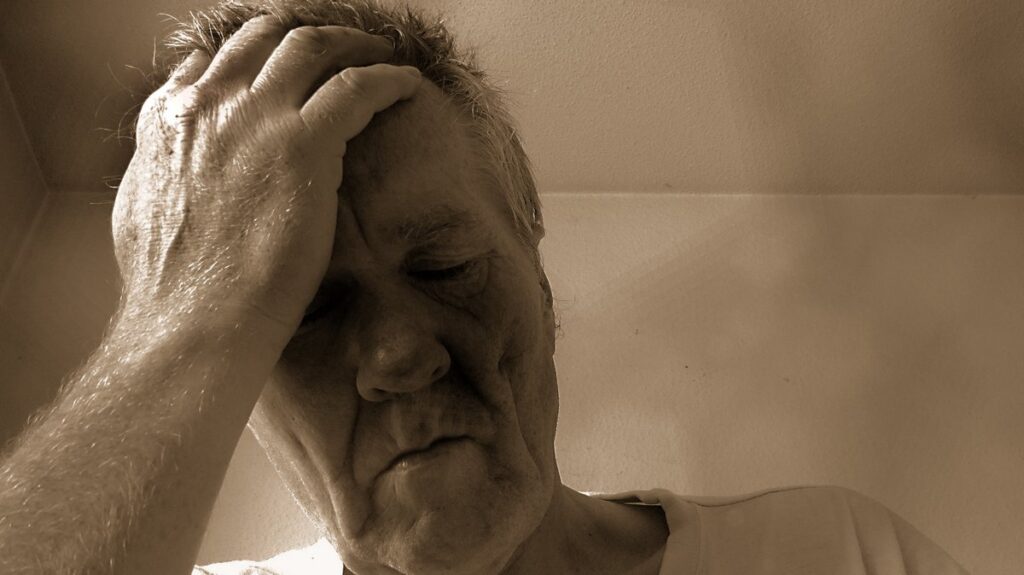How to Protect Against Carbon Monoxide Poisoning to Avoid Personal Injury or Death
- In carbon moxide poisoning, Wrongful Death
- 15 February 2017

Carbon monoxide, or CO, is an odorless, colorless gas. According to the Centers for Disease Control and Prevention (“CDC”), carbon monoxide poisoning is responsible for more deaths than any other single poison. Each year, almost 500 Americans die from carbon monoxide poisoning, more than 20,000 people visit the emergency room, and more than 4,000 people require hospitalization as a result of carbon monoxide poisoning. Carbon monoxide poisoning can cause severe personal injury resulting in permanent neurological harm or death.
Sources of Carbon Monoxide

Carbon monoxide (“CO”) is produced by gasoline fueled motor vehicles, stoves, gas ranges, and heating systems. When these sources are not functioning properly, the carbon monoxide emissions can cause personal injuries in the form of brain damage or death.
Symptoms of Carbon Monoxide Poisoning

The most common symptoms of carbon monoxide poisoning are headaches, weakness, nausea, vomiting, chest pain, and confusion. High levels of CO inhalation can result in loss of consciousness followed by death.
If you think you or a loved one has experienced carbon monoxide poisoning, you should get fresh air immediately, open the doors and windows, turn off combustion appliances and go outdoors. Go to an emergency room and advise the doctor that you or your loved one may have Carbon Monoxide poisoning. A blood test completed soon after exposure can diagnose carbon monoxide poisoning.
How to Prevent Carbon Monoxide Poisoning in your Home

Following are some recommended measures which help reduce the risk of carbon monoxide buildup and poisoning in your home:
- Install a Carbon Monoxide detector on each floor of your home.
- Have your furnace and gas, oil or coal burning appliances inspected annually by a qualified
technician.
- Have your chimney and flue inspected and cleaned every year. Leaves, residue and other debris can block the vent and cause carbon monoxide to build.
- Do not block off exhaust ducts or flues for appliances such as clothes dryers, water heaters or ranges.
- Have gas fireplaces inspected each year to ensure the pilot light is burning safely.
- Never use a gas range or oven for heating.
- Never use a charcoal grill or a barbecue grill indoors.
- Never use a portable gas camp stove indoors.
- Never use a gas generator inside your home, basement, or garage or near a window, door, or vent.
How to Prevent Carbon Monoxide Poisoning from your Vehicle:
- Have a mechanic check the exhaust system of your vehicle every year. Just a small leak in the exhaust system can lead to a buildup of carbon monoxide inside the car.
- Never run a car or truck in the garage with the garage door shut. Carbon monoxide can build up quickly while your car or truck is running in a closed garage. Do not leave your car or truck running in an attached garage, even with the door open.
- Never leave a portable, gas-operated generator running in the garage or other enclosed area.
- When driving a vehicle with a tailgate or hatchback that is open, it is critical that vents or windows also be open in order to allow air to circulate through the vehicle and to prevent carbon monoxide exhaust from being pulled into the vehicle.
If you or someone you know is suffering from carbon monoxide poisoning, contact Bailey & Partners for a free consultation. Our carbon monoxide poisoning attorneys stand ready to support you.
Contact us for a FREE complimentary case evaluation:
- Call: (310) 392-5000 or 800-973-2263
- Email: [email protected] or
- Fill out the form on this page.

